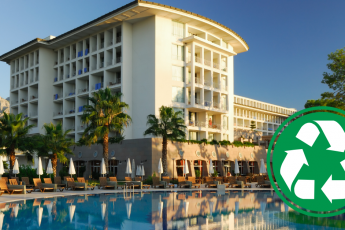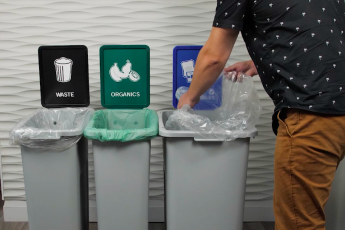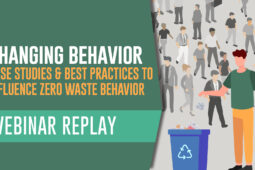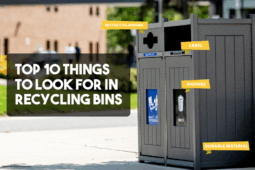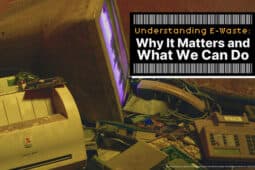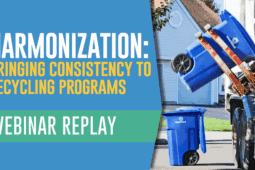Waste Eating Bacteria & Mealworms – Taking a Bite Out of our Plastic Problem
Plastic is a big problem for the environment and our efforts to stem the PET tide from swallowing up our landfills, streams, rivers, and oceans has been valiant, but we’re still finding ourselves buried in plastic!
50 percent of plastic is only used once by consumers and thrown is away. Couple that with only five percent of the plastic we produce being recovered and it’s no wonder that billions of pounds of plastic can be found on ocean surfaces all over the world.
Interestingly enough, the solution to such a huge problem could very well come in a microscopic size.
![]()
Plastic-Eating Bacteria
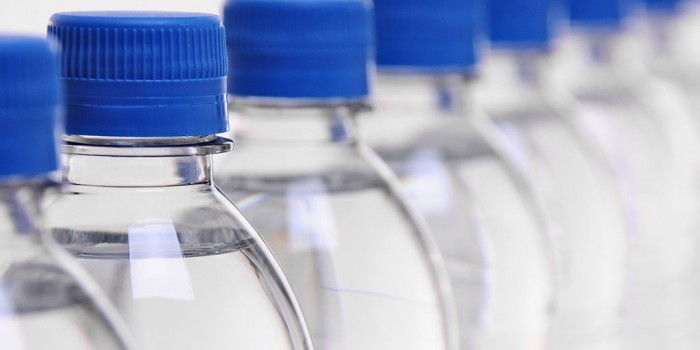
A Japanese research team from the Kyoto Institute of Technology and Keio University has discovered a species of bacteria that eat polyethylene terephthalate (PET), a plastic prevalent in water bottles, blister packing, frozen dinner trays and polyester clothing.
Why is this big news? PET is notorious for its inability to biodegrade. This makes recycling necessary to make sure it doesn’t end up in our landfills. Its inability to break down naturally has made PET a menace on our planet, particularly in our oceans.
The veracious plastic eaters, dubbed ideonella sakaiensis by its discoverers, break down the PET by adhering to its surface, secreting a single enzyme which generates an intermediate chemical which is then eaten by the cell. Another enzyme breaks the chemical down even further giving the bacteria carbon and energy to grow.
A small group of ideonella sakaiensis took six weeks to degrade a thin film of PET, so while it’s being hailed a breakthrough discovery, everyday application of this is still a long way off. The good thing about this development, however, is now scientists know what bacteria and enzymes to look for in future studies.
![]()
Styrofoam Eating Mealworms
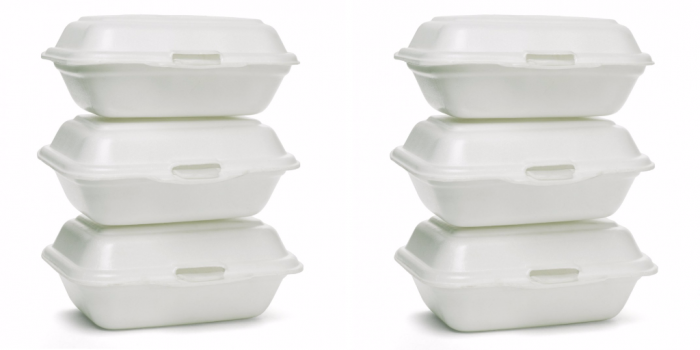
Professor Jun Yang and his doctorate student Yu Yang of Beihang University, and Stanford University engineer Wei-Min Wu have discovered that the mealworm can sustain itself on a diet of Styrofoam and other types of plastic.
The key to the mealworm’s ability to digest polyethylene (PE) lies in its stomach. The environment of a mealworm’s gut can produce microorganisms that break down the PE, transforming it into carbon dioxide, then worm biomass and eventually biodegradable waste.
You wouldn’t be blamed for thinking that a diet of plastic would be harmful if not deadly to an organic organism, but researchers paid close attention to the health of the mealworms and noticed no difference between the larvae that subsisted on a diet entirely of plastic versus larvae eating a typical diet of bran.
These little brown wigglers could literally chew their way through our society’s use-once-and-toss waste habits.
Further studies are being conducted to see if the mealworm’s stomach can also break down polypropylene (PPE), a common plastic found in textiles, microbeads, and car parts.
![]()
Don’t go throwing out your blue bin just yet, though! Researchers are still a long way off from figuring out how to apply these discoveries to practical, everyday use. Now that these mini-plastic eaters have been discovered, we may just have another weapon in our arsenal for the fight against plastic waste in the future.
![]()
Sources
http://www.latimes.com/science/sciencenow/la-sci-sn-bacteria-eat-plastic-20160310-story.html
http://www.cnn.com/2015/09/30/us/styrofoam-eating-mealworms-plastic-waste/index.html
http://phys.org/news/2016-03-newly-bacteria-plastic-bottles.html
http://science.sciencemag.org/content/351/6278/1196
![]()

